This series of four beautiful and rare Chinese ceremonial chairs has some unique features. It is important to note that two chairs are of one height, while the other two are slightly lower (see photo). This difference does not detract from their value; in fact, it adds a unique characteristic. The two lower chairs have identical inlay designs on the high back panels, while the higher chairs have different designs from each other.
The light wood inlay designs, located on the center panels of each chair, are enclosed in a curvilinear track. Due to their general shape, they can be classified as ceremonial chairs. The inlay decorations represent auspicious symbols and scenes of good luck and prosperity. Compared to ordinary chairs, these have wider seats and more complex workmanship, with several slabs of wood connected by joints without the use of nails. The central panels of the backrests are finely decorated and curved outward for more comfortable seating. The legs are thick, massive, and slightly flared outward for perfect stability, ensuring the chairs are comfortable for long and exhausting ceremonies.
These chairs were made between 1870 and 1875, during the Qing dynasty, but in the Ming style. Although they predate the nineteenth-century period, the Ming style greatly influenced later production. Ming chairs are characterized by clean lines, balance, and functional simplicity. It is likely that our chairs were created in a skilled workshop in Beijing, a major center for furniture production known for its high-quality chairs, often commissioned by the nobility and the imperial court. The other main centers of chair production, Suzhou and Guangzhou, had characteristics that did not match our chairs. Suzhou craftsmen specialized in intricate details and designs, while Guangzhou was known for the influence of international trade, resulting in more elaborate and ornate designs.
Regarding wood, during the Ming period, Hanghuali (a rare and fine rosewood) was used, prized for its hardness and natural beauty. Our chairs, however, were made during the Qing dynasty, when Zitan was used. Zitan is a hard, dense wood with inconspicuous grain and fine texture, similar to rosewood, from Indochina and Hainan Island, highly prized by Chinese craftsmen and their demanding and refined clientele of nobles. Nineteenth-century Chinese chairs display a wide variety of styles and techniques, reflecting both local traditions and outside influences. The craftsmanship and quality make these pieces of furniture not only functional but also works of art.
We have not restored the wooden structure of the chairs, as their surface patina and small imperfections add to their allure and attest to their antiquity and authenticity. A few of the small columns spacing the lower part of the seat are missing, with a small partition placed between the two front legs. We could not find the original wood to replace the missing pieces, so we preferred to leave the chairs in their original condition.
Measurements: width 50 cm, depth 39 cm, height 93 cm, seat height 50 cm.
Questa serie di quattro belle e rare sedie da cerimonia cinesi presenta alcune caratteristiche uniche. È importante notare che due sedie hanno un'altezza unica, mentre le altre due sono leggermente più basse (vedi foto). Questa differenza non ne sminuisce il valore, anzi, aggiunge una caratteristica unica. Le due sedie più basse hanno intarsi identici sui pannelli alti dello schienale, mentre le sedie più alte hanno disegni diversi l'una dall'altra.
Gli intarsi in legno chiaro, situati sui pannelli centrali di ogni sedia, sono racchiusi in un tracciato curvilineo. Per la loro forma generale, possono essere classificate come sedie da cerimonia. Le decorazioni a intarsio rappresentano simboli di buon auspicio e scene di fortuna e prosperità. Rispetto alle sedie ordinarie, hanno sedili più ampi e una lavorazione più complessa, con diverse lastre di legno collegate da incastri senza l'uso di chiodi. I pannelli centrali degli schienali sono finemente decorati e curvati verso l'esterno per una seduta più confortevole. Le gambe sono spesse, massicce e leggermente svasate verso l'esterno per garantire una perfetta stabilità, assicurando che le sedie siano comode per le cerimonie più lunghe ed estenuanti.
Queste sedie sono state realizzate tra il 1870 e il 1875, durante la dinastia Qing, ma in stile Ming. Sebbene siano precedenti al XIX secolo, lo stile Ming ha influenzato notevolmente la produzione successiva. Le sedie Ming sono caratterizzate da linee pulite, equilibrio e semplicità funzionale. È probabile che le nostre sedie siano state create in un laboratorio specializzato di Pechino, un importante centro di produzione di mobili noto per le sue sedie di alta qualità, spesso commissionate dalla nobiltà e dalla corte imperiale. Gli altri principali centri di produzione di sedie, Suzhou e Guangzhou, avevano caratteristiche che non corrispondevano alle nostre sedie. Gli artigiani di Suzhou erano specializzati in dettagli e disegni intricati, mentre Guangzhou era nota per l'influenza del commercio internazionale, che portava a disegni più elaborati e decorati.
Per quanto riguarda il legno, durante il periodo Ming veniva utilizzato l'Hanghuali (un raro e pregiato legno di rosa), apprezzato per la sua durezza e bellezza naturale. Le nostre sedie, invece, sono state realizzate durante la dinastia Qing, quando veniva utilizzato lo Zitan. Lo Zitan è un legno duro e denso con venature poco evidenti e una struttura fine, simile al palissandro, proveniente dall'Indocina e dall'isola di Hainan, molto apprezzato dagli artigiani cinesi e dalla loro esigente e raffinata clientela di nobili. Le sedie cinesi del XIX secolo presentano un'ampia varietà di stili e tecniche, che riflettono sia le tradizioni locali sia le influenze esterne. L'artigianato e la qualità rendono questi mobili non solo funzionali ma anche opere d'arte.
Non abbiamo restaurato la struttura lignea delle sedie, poiché la patina superficiale e le piccole imperfezioni ne accrescono il fascino e ne attestano l'antichità e l'autenticità. Mancano alcune delle colonnine che distanziano la parte inferiore della seduta, con un piccolo tramezzo posto tra le due gambe anteriori. Non essendo riusciti a trovare il legno originale per sostituire i pezzi mancanti, abbiamo preferito lasciare le sedie nella loro condizione originale.
Misure: larghezza 50 cm, profondità 39 cm, altezza 93 cm, altezza seduta 50 cm.
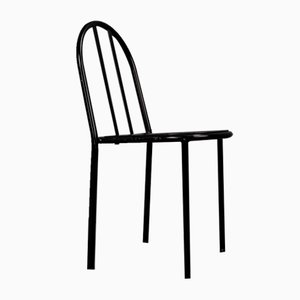


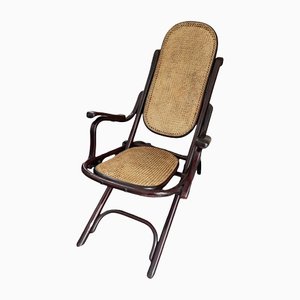
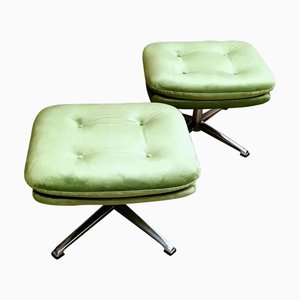
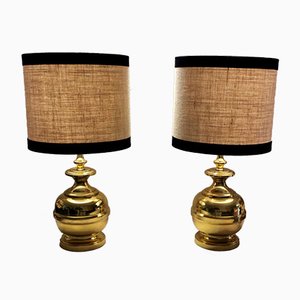

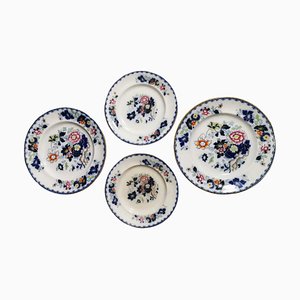
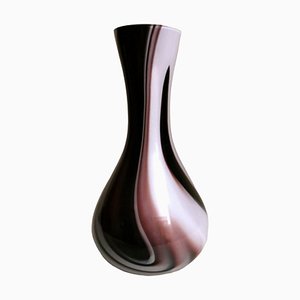
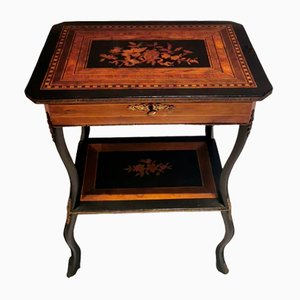


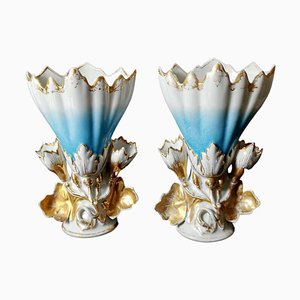


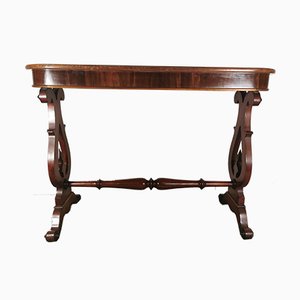
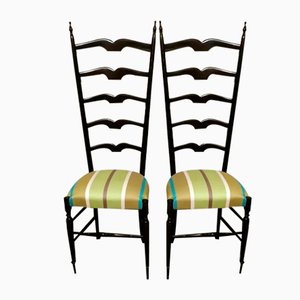
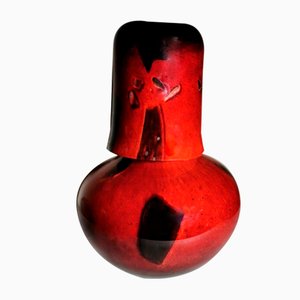
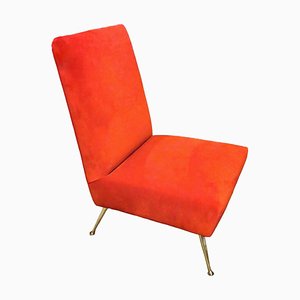
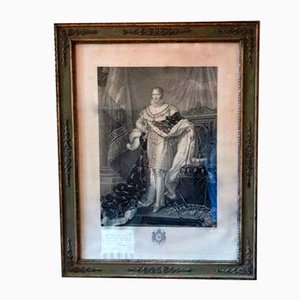
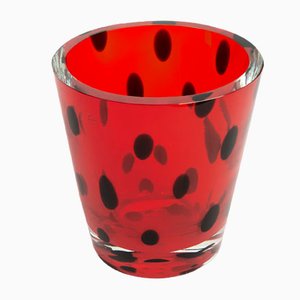
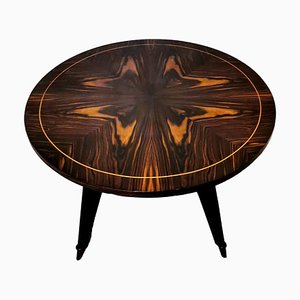
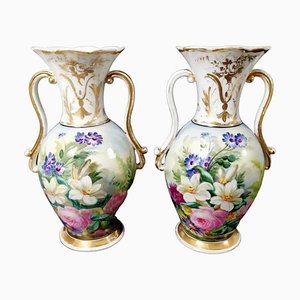

Contattaci
Fai un'offerta
Abbiamo notato che sei nuovo su Pamono!
Accetta i Termini e condizioni e l'Informativa sulla privacy
Contattaci
Fai un'offerta
Ci siamo quasi!
Per seguire la conversazione sulla piattaforma, si prega di completare la registrazione. Per procedere con la tua offerta sulla piattaforma, ti preghiamo di completare la registrazione.Successo
Grazie per la vostra richiesta, qualcuno del nostro team vi contatterà a breve.
Se sei un professionista del design, fai domanda qui per i vantaggi del Programma Commerciale di Pamono